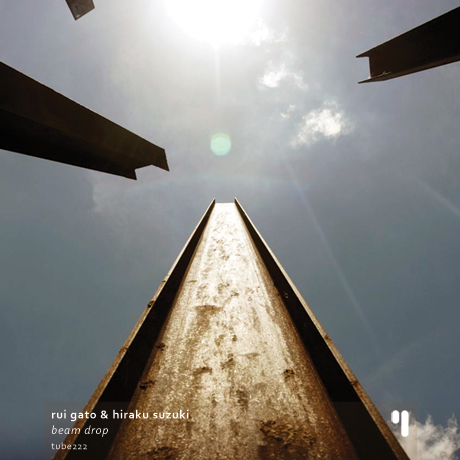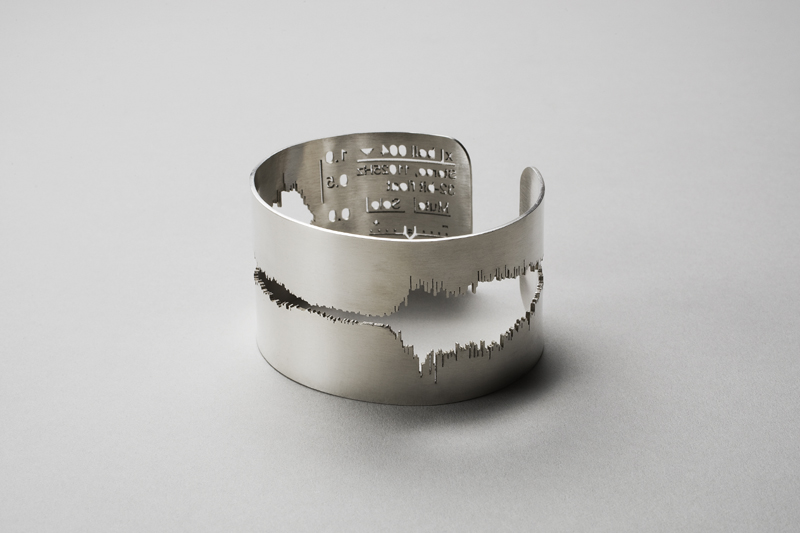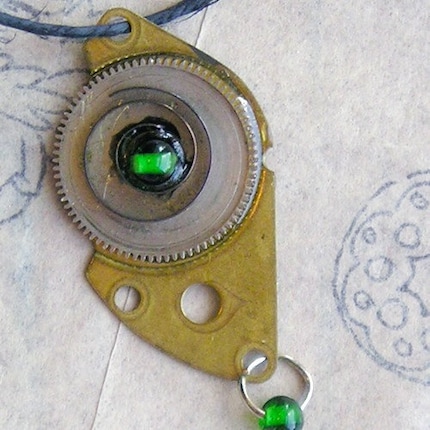Il kelpie è un demone in grado di assumere la forma di un cavallo e proviene dal folklore celtico, e si crede infesti i laghi ed i fiumi della Scozia e dell’Irlanda. È presente anche nel folklore scandinavo, dove è noto con il nome di Bäckahästen (il cavallo di fiume), e nell’Isola di Man, dove è noto con il nome di Alastyn. [wikipedia]
Ora, la Scozia celebra i Kelpies con queste sculture alte circa 30 metri, opera di Andy Scotts, installate nell’area di Falkirk, alla foce del Forth, non lontano da Edimburgo.
A giudicare dalle foto, il colpo d’occhio è notevole e anche l’impatto paesaggistico non mi sembra male. In un paese normale si riescono a fare anche queste cose nonostante il fatto che qualche polemica ci sia stata (ma, come è giusto, si tratta di polemiche culturali, non politiche o peggio, penali come spesso accade qui).
Alcuni, infatti, si sono chiesti perché celebrare i kelpies che, nella tradizione, sono demoni che convincono gli umani a cavalcarli, per poi trascinarli in acqua e divorarli. Ma in fondo, si tratta di un mito tradizionale e per estensione l’opera celebra anche il cavallo che, nei secoli fino alla rivoluzione industriale, ha avuto un grande ruolo nella civiltà scozzese.
Qui il sito dedicato all’opera con altre immagini dove si vedono anche i modelli in scala 1:10, attualmente esposti al Field Museum a Chicago.
 Da questa pagina potete scaricare circa 200 libri d’arte dedicati principalmente all’arte del ‘900, in formato PDF o ePub.
Da questa pagina potete scaricare circa 200 libri d’arte dedicati principalmente all’arte del ‘900, in formato PDF o ePub.



















 The Beam Drop
The Beam Drop




























 Vicino a Schiermonnikoog, Friesland (Netherlands, 53º 30′ 2.74″ N 6º 9′ 50.46″ E) si trovano (trovavano?) questi enormi pianoforti abbandonati sulla spiaggia, immortalati in una foto di Gerard Kip.
Vicino a Schiermonnikoog, Friesland (Netherlands, 53º 30′ 2.74″ N 6º 9′ 50.46″ E) si trovano (trovavano?) questi enormi pianoforti abbandonati sulla spiaggia, immortalati in una foto di Gerard Kip.